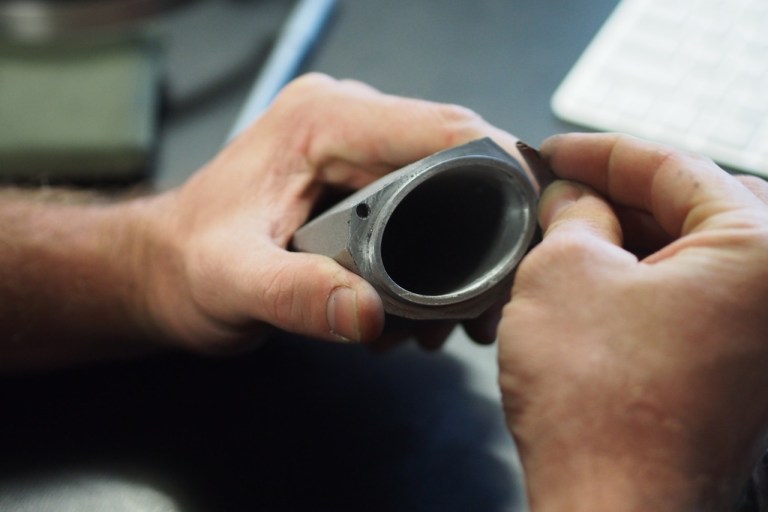Egg Picnic is a Sydney-based design duo devoted to wildlife conservation. A mutual love of both design and the natural world was the starting point of the partnership which began when Chilean graphic designer and illustrator Camila De Gregorio met Australian industrial designer Christopher Macaluso in Milan in 2009. They found inspiration in each other’s work, collaborating across 2D and 3D to create illustrations, characters, prints, objects and art toys – at first in Milan, then in Santiago.

Now based in Sydney, the pair sell illustrations, art toys and objects depicting birds and wild animals, using simple lines and shapes to create characters that tread a fine line between art, design and cartoon, but also exude a serene stateliness that is utterly contemporary. Prints of individual species include the Hooded Plover, Australian Magpie, Galah and Spotted Eagle Ray (to name just a few), while larger prints such as Marsupials of Australia or Birds of Australia feature a line up of creatures. All prints are signed and include information about the species with the purchase. Read more








